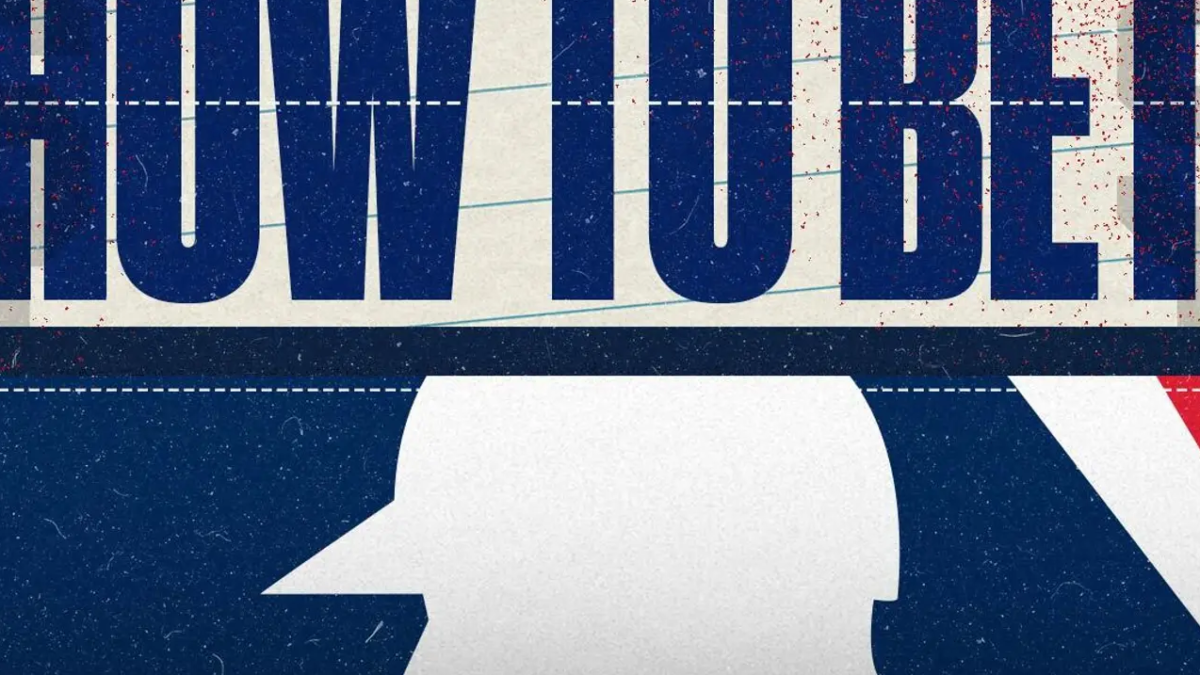
Timing of Sports Bets
September 17, 2021
Tennis Betting Strategies
September 17, 2021For fans intimidated about laying big money on power teams against weak ones, or feeling hopeless about taking the big money underdog there is a viable alternative. The run line offers an appealing alternative to Major League Baseball Betting on a team to win a game. Players who otherwise would not bet on baseball will instead do so with the run line because of not having to lay a huge price. Other gamblers will use the run line as an occasional tool when it suits them at the right time, while also employing the money line when they see fit. Sharp gamblers love the run line for situational betting and have devised strategies for it. Let’s take a look at how the run line works and what to look for.
How Does the Run Line Work?
Instead of laying money on a favorite or taking odds on a dog you instead lay a run and a half at much lower money on the chalk or take the plus run and a half at less of a plus price for the dog.
For example, let’s say that the New York Yankees are hosting the Chicago White Sox as a -220 price on the moneyline while the White Sox are a +202 underdog. You may really want to take the Yankees but are quite uncomfortable with the price. With the run line you can take New York at -1.5 -109. Or if you believe that the White Sox might keep it close you could take Chicago at +1.5 -101.
Now there is a catch of course. If you take the Yankees on the run line and they win the game by one, let’s say by a score of 4-3, you lose the bet. By contrast if you laid the big price on the moneyline with New York you would be visiting the payout window. That is the tradeoff for playing the Yankees for less money.
In the same way there is a much greater payout for taking the White Sox on the money line as a +202 underdog. Especially when you consider that you only have to bet $100 up front to do so. And really the layout is not much different on the run line when it comes to money on Chicago. The difference is if you think the White Sox can stay within a run to win the bet on a close loss.
When to Use the Run Line
For many sharps and pros, the run line is best to be used on heavy favorites like our Yankees example. The most successful among gamblers generally refuse to lay more than -150 on a favorite, certainly no more than -160. That is because baseball is a more random sport, with its 162-game schedule, and even the best teams lose over 33% of their matchups each season.
Run Line Matchup Advantages
At face value, the best possible matchup for a run line favorite is to be a high scoring team going up against an opponent that struggles to score and has a weak pitching staff. But those generalities require more specific and detailed handicapping. Who are the respective starting pitchers, what is their current form, and what is their historic performance record against the other team? Next, how long do those starters normally pitch in a game before being relieved? When relieved how do the two relief staffs compare? Not just closers but middle relievers and setup men. What are the bullpen rankings of the two teams? Are there any players with strong records of success against the other club or vice versa? What is the weather report? Who is out with injury that would normally be in? All of this factors into whether or not taking the run line is a good play.
The Smarter Way to Play
Sometimes that extra 1.5-runs can make you sweat but there is nothing worse than losing -200 or even -300 or more on a big chalk that flops. It seems like there is often a negative karma to doing it. If taking big chalks consistently worked then of course everyone would do it. Therefore, the run line is a smart way to go when you want to take a favorite that is over -150. At the same time taking a good team at +1.5-runs can be advantageous as well.




